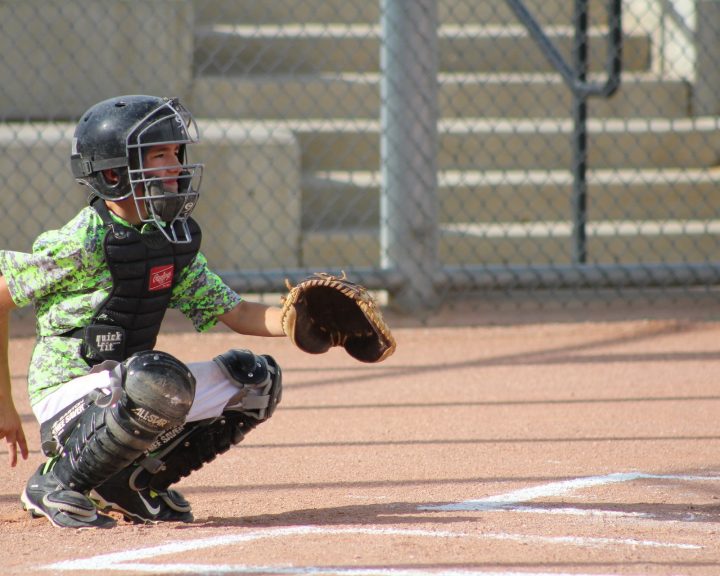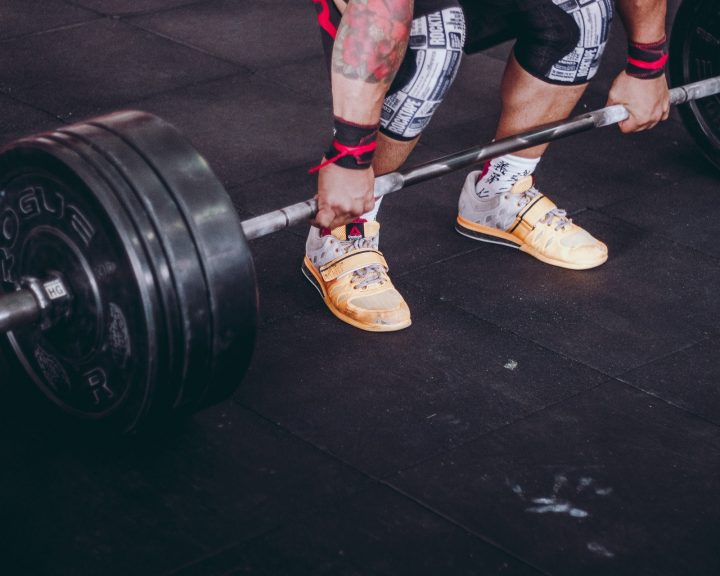There are an almost unlimited number of drills for speed training. If you think about this, it makes sense. At the highest levels, track and field coaching often has to focus on the minutiae of athlete movements and many of these drills help to perfect an aspect of the skill. In addition, with the proliferation of sports performance facilities there is a need to attract paying clients via marketing and these drills help to sell services.
While there isn’t anything wrong with this, it creates the impression that these drills are essential for speed development. This is problematic in a team sport situation where there may be 50-100 athletes performing speed training at one time. This article is going discuss some thoughts on speed training for team sport situations.
The first thing that we need to do is to decide what we want our speed training to achieve. This is not an easy question. For example, the obvious answer is that we want faster athletes. The question is: why aren’t our athletes getting faster? Often this boils down to two things:
- We aren’t practicing running fast in training: This is huge. If you want to get better at running fast you have to practice it in training. There must be time set aside to allow athletes to sprint various distances to work on their speed. If you aren’t doing this then no drill will be enough to compensate.
- We aren’t exerting enough force against the ground while sprinting. A lot goes into this. We learn to exert force by sprinting, by bounding/skipping, by performing horizontal plyometrics, by pushing/pulling sleds or other resistance, and by squatting or pulling objects off the ground.
The second thing we need to decide is whether we need to train like track and field athletes. For understandable reasons we approach speed training like a track and field coach would (and I’ve been at fault with this too). For example, we think of things like acceleration mechanics, maximum velocity training, stride length/frequency drills, etc. The challenge here is that with many of our sports, running fast is situational and rarely gets to be done in a straight line.
This suggests that training team sport athletes like track and field athletes is fine for general training (i.e. it provides a foundation), but at some point we have to progress beyond that to prepare the athlete for their sport. For example, I might want to teach acceleration mechanics to my basketball players, but they will eventually need to be able to do it while dribbling a basketball and moving around defenders.
Finally, we need to determine what is realistic and doable given our constraints. For example, if you are working with one to two athletes at a time you have a lot more options than if you are working with 100.
So based on the above, here are a few thoughts:
- First, use track and field running mechanics as your foundation. You’ll be cueing this during the athlete’s entire career anyway, so teach the mechanics. Personally I like to focus on maximum velocity running first. My thought here is that ultimately this is what we’re trying to get to, even if we never run far enough. I find that when I do this, the acceleration mechanics often take care of themselves.
- Second, even if the mechanics aren’t perfect we need to be sprinting various distances to become better at running fast. Despite what gurus want you to believe, movement is not inherently dangerous.
- Third, when it’s appropriate speed training needs to change from running in a straight line to becoming sport-specific. This means running routes in football. It means dribbling while sprinting in basketball and eluding defenders. This means base running in baseball and responding to the situations.
- Finally, developing the ability to exert force against the ground needs to be done simultaneously with everything else. This means squats, pulling exercises, hip hinges, plyometrics, and horizontal force exercises like sleds and resisted sprints.
If you incorporate all the above, you’ll have a pretty successful speed program. Notice that beyond plyometrics, bounds, and skips I haven’t really come up with any special drills. For most of our athletes, the minutiae that they are developing is not something that they need – so why waste limited training time on things that aren’t important?




2 thoughts on “Speed Training: How Many Drills Do You Really Need?”
Why do we need to focus on excercises other than back squats for the lower body? The hamstrings are a dynamic stabalizer during sprinting as well as in the back squat so it would seem that back squats are the most “functional” exercises for speed work.
Coach;
There’s certainly more than one way to do things. We agree to disagree on this one.
Comments are closed.